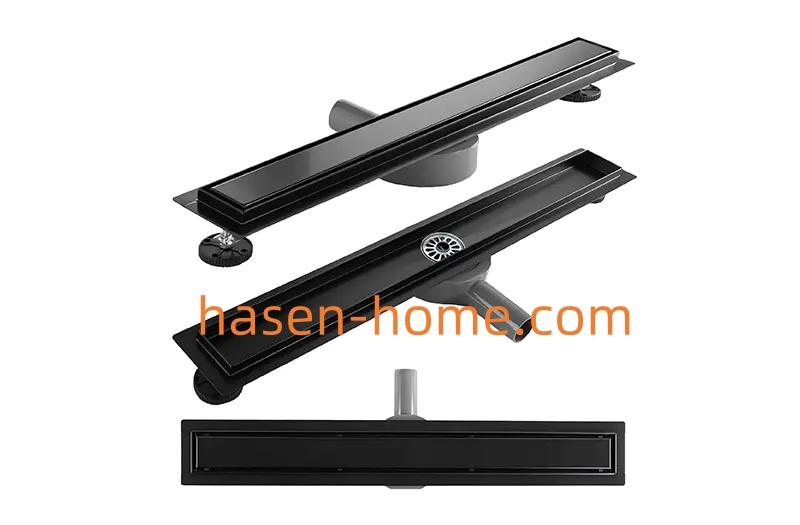Automotive Natural Gas Tanks Market Growth

Automotive natural gas tanks: Coverage of CNG tanks designed for vehicles, ensuring efficient and safe fuel storage.
Automotive natural gas tanks, specifically designed to store CNG at high pressure for use as vehicle fuel, are a critical subsystem whose qualitative requirements differ significantly from those of industrial or stationary storage. Their design is driven by the unique constraints of vehicle operation: safety, weight, space, and dynamic stress.
The paramount qualitative factor for automotive tanks is safety under dynamic conditions. Unlike stationary tanks, automotive tanks must withstand continuous road stresses, vibrations, impacts, and a wide range of temperature fluctuations inherent to vehicle use. This necessitates stringent regulatory compliance, with tanks engineered for robustness against damage from collisions and fire (a process often involving self-venting Pressure Relief Devices or PRDs). The mandatory, non-extendable service life (typically 15 to 20 years) for an automotive tank is a direct reflection of this safety imperative, acknowledging the effects of long-term pressure cycling and dynamic fatigue.
Weight optimization is the second most crucial qualitative requirement. The heavier the tank, the greater the impact on the vehicle's net weight, which translates directly to lower fuel efficiency and reduced range. This requirement drives the preference for advanced Type III (aluminum-lined, fully wrapped) and Type IV (polymer-lined, fully composite) tanks over their older, heavier metallic counterparts (Type I and II). For commercial vehicles and buses, the lighter weight of composite tanks is particularly critical, as it directly increases the permissible payload or passenger capacity, thereby improving the operational economic viability of the vehicle.
Integration into vehicle architecture poses a significant design challenge and qualitative consideration. CNG tanks are large, cylindrical high-pressure vessels, which are inherently difficult to package within the space constraints of modern automobiles designed for liquid fuels. OEMs constantly strive for more innovative packaging solutions—such as positioning tanks beneath the chassis, behind the rear seats, or on the roof of buses—to minimize the intrusion into passenger or cargo space. This drives the demand for non-standard, geometrically complex tanks that can be better tailored to vehicle structures, a capability that composite technology (Type IV) is better suited to deliver than seamless metal vessels.
Fueling efficiency and thermal management are key operational factors. The need for a quick-fill time, comparable to that of liquid fuels, introduces thermal management challenges, as rapid compression generates heat. An efficient automotive CNG tank system must manage this heat to ensure the driver receives a full, energy-dense charge. This is a point of technological differentiation between tank types; for instance, the aluminum liner in Type III tanks is qualitatively better at dissipating heat than the polymer liner in Type IV tanks, which can sometimes provide a better fill efficiency in high-throughput applications.
Finally, the increasing qualitative focus is on the tank's role within the broader CNG fuel system. This includes the complex array of high-pressure valves, regulators, sensors, and electronic control units that manage gas flow and safety. The tank is an integrated component, and its reliability is intrinsically linked to the performance of these connected subsystems, all of which must comply with stringent automotive standards for durability and fault tolerance. The tank's label, which prominently displays its expiration date, is a crucial qualitative factor that falls under the responsibility of the vehicle owner or fleet manager.
Frequently Asked Questions (FAQ)
Q1: What qualitative vehicle design problem does the heavy weight of older CNG tanks create?
A1: The heavy weight of older, all-metal CNG tanks reduces the vehicle’s overall fuel efficiency, decreases the driving range for a given fuel load, and most critically, reduces the vehicle’s legal payload or cargo capacity. For commercial fleets, this payload reduction can significantly negate the economic benefits of using cheaper natural gas.
Q2: Why is the 15 to 20-year service life mandate for automotive CNG tanks a non-negotiable safety measure?
A2: The service life mandate is essential because the tanks undergo continuous and unpredictable stress from road vibration, pressure cycling (filling and emptying), and environmental exposure over two decades. The mandate ensures that the tanks are replaced before the long-term fatigue in the materials could lead to a catastrophic failure, maintaining the highest possible standard of operational safety.
Q3: How does the "packaging challenge" influence the design of automotive natural gas tanks?
A3: The packaging challenge, which is fitting large, cylindrical tanks into the limited and irregular spaces of a vehicle, drives the need for more adaptable shapes and smaller tank clusters. This challenge is a primary driver for the adoption of composite technologies (Type IV), which offer greater design flexibility compared to the rigid, seamless construction process of metal tanks.





